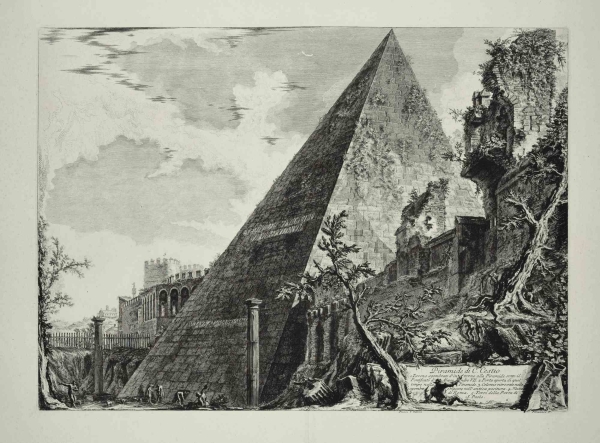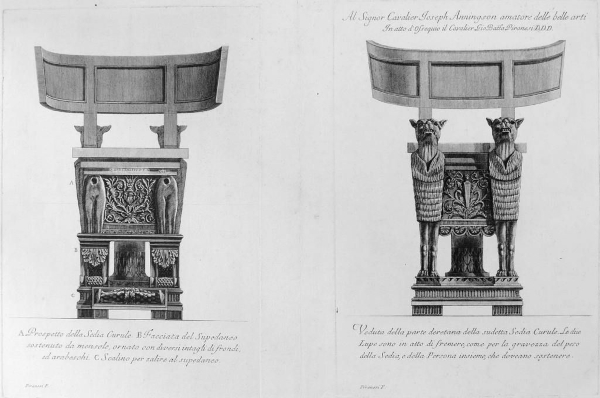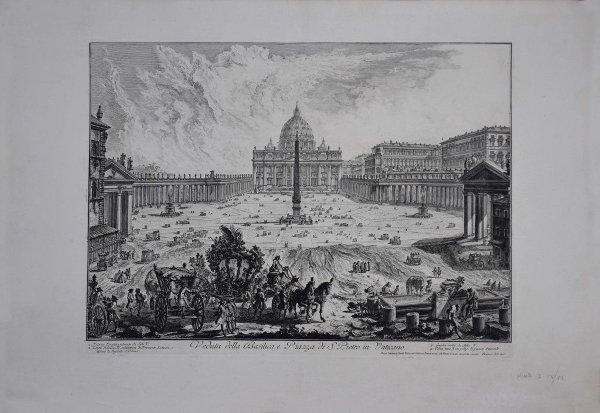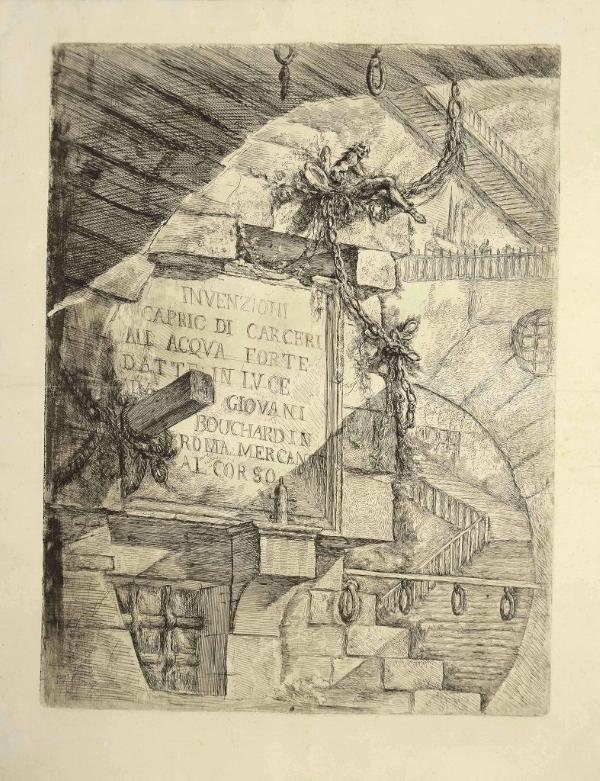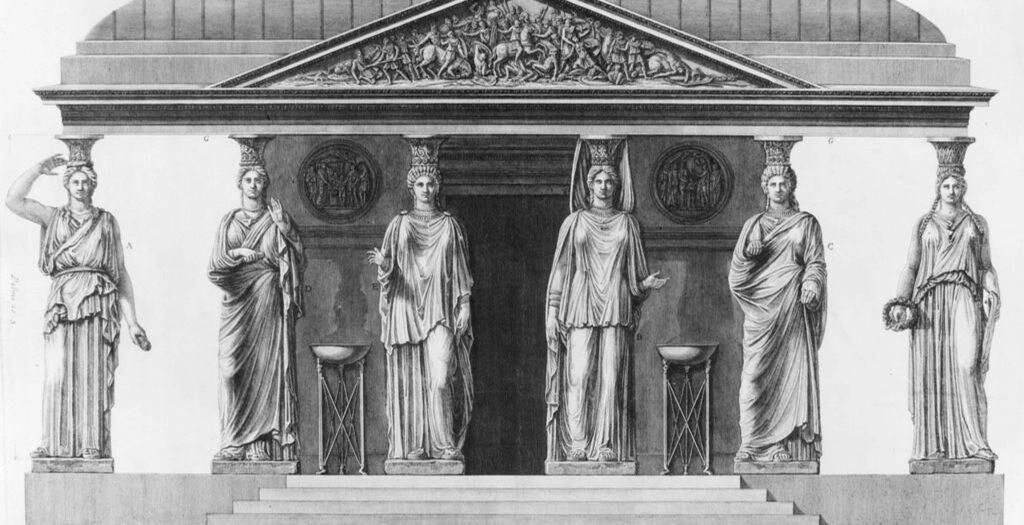
The Technique of Etching: the History and Mastery of Piranesi
Giovanni Battista Piranesi (1720 – 1778) is one of the greatest eighteenth century Italian architect and printmakers, and one of the leading figures of the neoclassical style. Venetian by birth, he settled in Rome in 1740. Indeed, he is best known for his intricate and detailed etchings of Rome and its ancient ruins. Piranesi was a master of the etching technique, which allowed him to create stunning works of art that captured the beauty and grandeur of the ancient city.
At Wallector you can find a wide selection of Piranesi’s etchings.
Piranesi’s Etchings
Piranesi began his career as an architect, but his true passion was for art. He began creating etchings of his architectural designs, but soon became interested in capturing the beauty of the ancient ruins of Rome. He spent years exploring the ruins, taking meticulous notes and sketches of the smallest details.
Piranesi’s etchings of Rome are incredibly detailed and intricate, with a great focus on texture and form. He often used crosshatching to create subtle variations in tone and shading, giving his works a three-dimensional quality. He was also skilled at using perspective to create a sense of depth and distance.
Piranesi’s etchings were not just works of art, but also served a practical purpose. They were used by architects and scholars as reference materials for studying the history and architecture of Rome. Piranesi’s attention to detail and accuracy made his etchings invaluable resources for anyone interested in this field.
What is the Etching Technique
Etching is a carving technique, and as in all engraving techniques, it works on the matrix in the negative with respect to the final result. The mark is carved into a metal matrix; in the beginning copper was used, today zinc is preferred. The scratch on the surface is achieved through acid corrosion, so it is an indirect technique. To engrave the mark, the matrix is prepared by coating it with a thin layer of wax or varnish and smoking it to blacken it and facilitate the engraver’s visual work.
At this point the engraver traces the design he or she wants to print by removing the varnish with a tool, to leave the traced marks accessible to the action of the acid when the matrix is immersed in a corrosive solution. The corrosive action affects only the etched parts, while the areas protected by the varnish remain intact, thus being white when printed. With this technique, artists can calibrate the depth of the marks by acting on the acid immersion times.
Once etched, the matrix is cleaned of varnish with a solvent and is ready to be inked and printed. At this stage the engraver can still intervene by adding marks drawn directly on the plate using tools such as the burin and drypoint, or by indirect techniques such as aquatint.
Although complex in appearance, etching is a ductile technique for the engraver because the actual engraving takes place on a soft substance such as varnish. This is the reason why, as soon as Parmigianino (1503 – 1540, Italy) refined the process, etching found an immediate match by becoming the elective printmaking technique among European artists until the discovery of lithography in the late 18th century.
History of the Etching Technique
Etching is a decorative technique used in armor as early as the 14th century. In printed art it is first employed by German engravers, including Dürer (1471 – 1528, Germany). It would be Parmigianino who developed the technique as we know it today; indeed, etching is one of the longest practiced techniques in the history of graphic art.
Piranesi’s Must-Have
One of Piranesi’s most famous series of works is his “Views of Rome.” This series includes over 100 etchings of the ancient city, including famous landmarks such as the Colosseum and the Pantheon. Piranesi’s attention to detail and his skill at capturing the grandeur of these ancient buildings made these etchings incredibly popular with collectors and art enthusiasts.
Piranesi’s celebrity is also due to the “Carceri d’Invenzione” plates of 1745-1750, images of fantastic architecture. The “Carceri d’Invenzione” are a series of 16 prints produced in two editions, showing huge vaulted dungeons with staircases and mighty machinery. These engravings influenced Romanticism and Surrealism but also the theatrical sets of the 1700s.
Why invest in Piranesi’s Etchings
Today, Piranesi’s etchings are still highly regarded for their beauty and technical skill. They are prized by collectors and are exhibited in museums all over the world. Piranesi’s legacy as a master of the etching technique and a chronicler of the ancient ruins of Rome will continue to inspire artists and art lovers for generations to come.
In fact, as can be seen from the chart below, Piranesi’s market is primarily focused on prints and multiples.

Related artworks
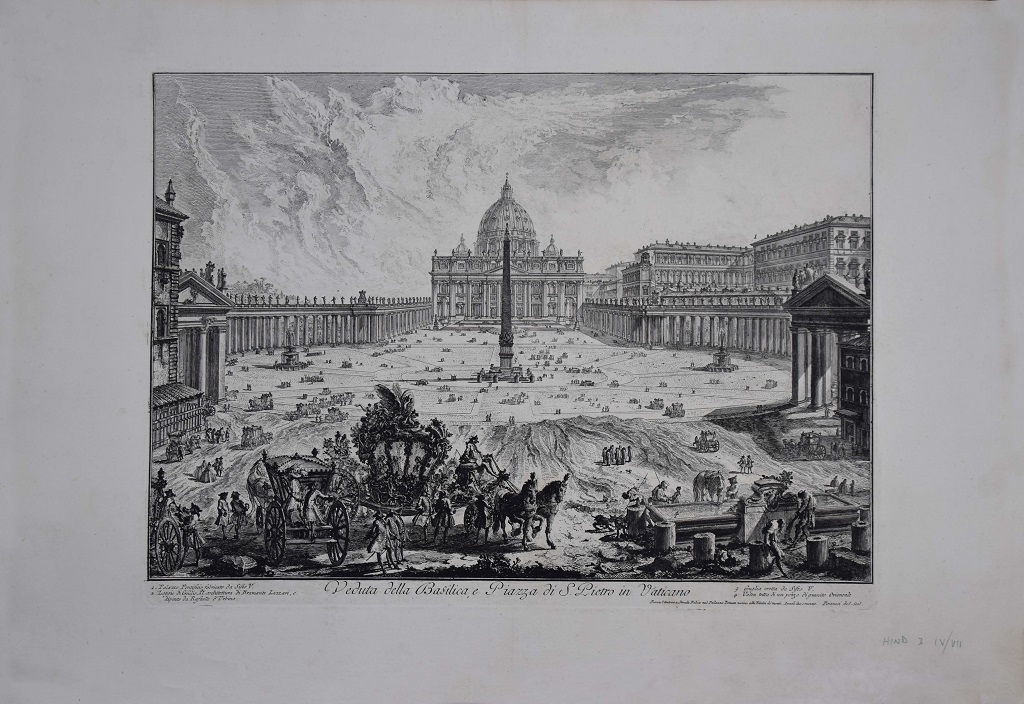
View of Basilica and S. Peter Square
Giovan Battista Piranesi
Etching
6800€
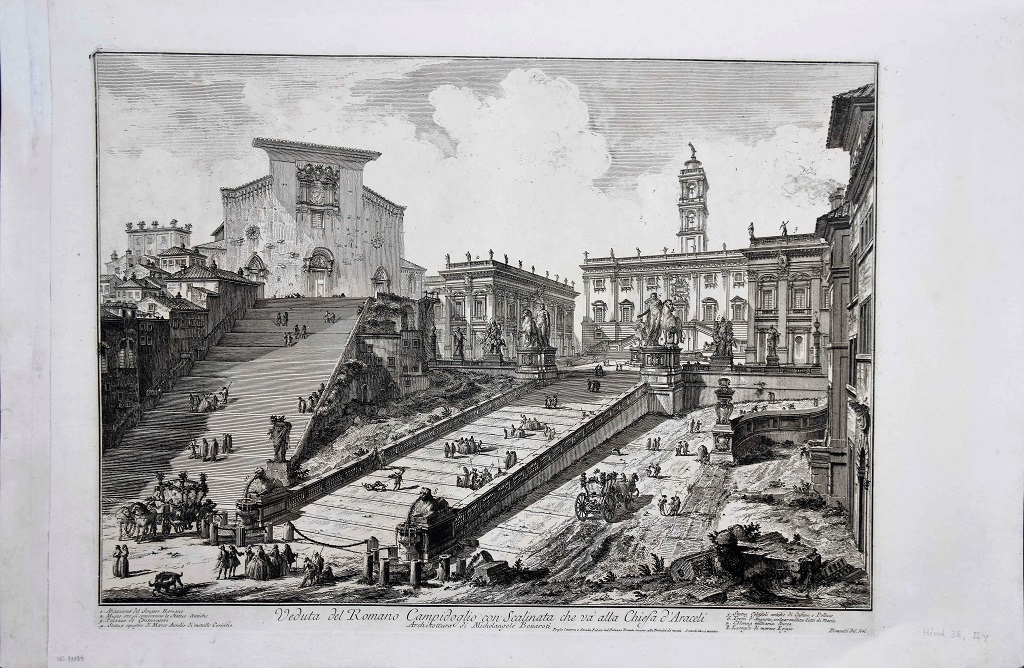
View of the Capitoline Hill
Giovan Battista Piranesi
Etching
5500€
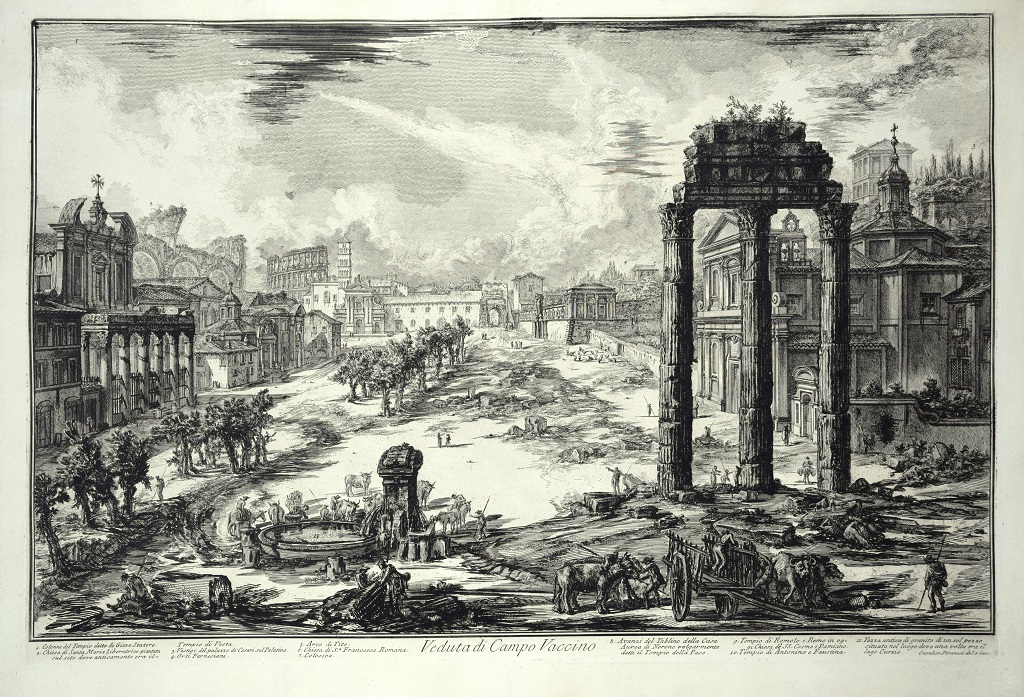
View of the Campo Vaccino
Giovan Battista Piranesi
Etching
7800€
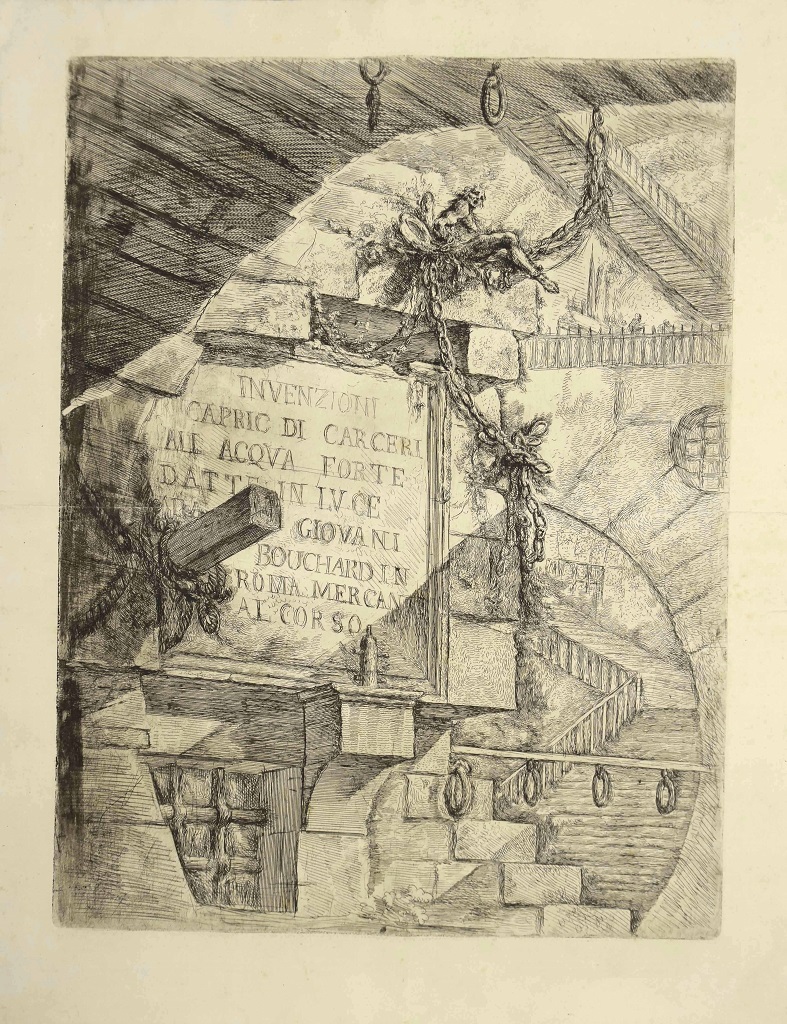
Carcere d'Invenzione
Giovan Battista Piranesi
Etching
22000€

